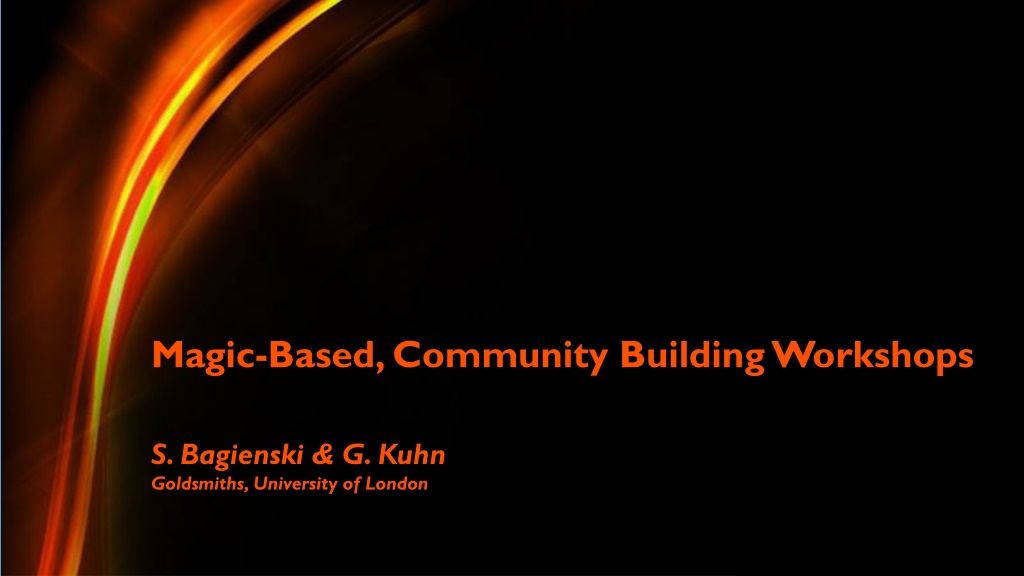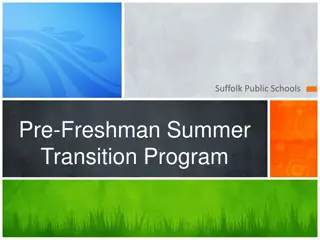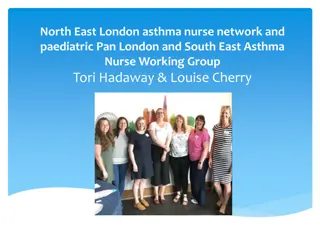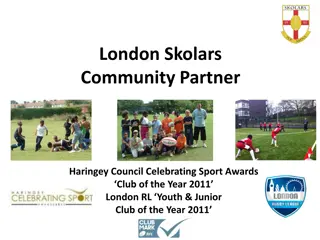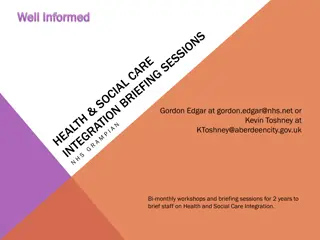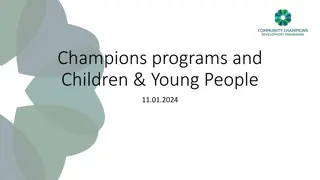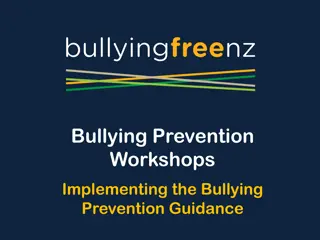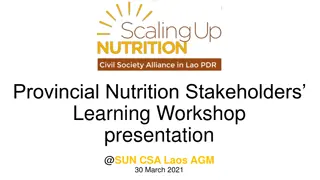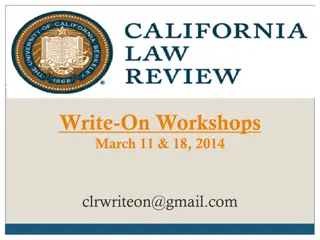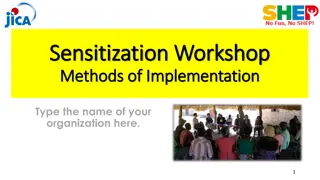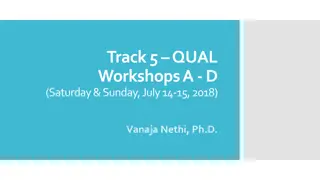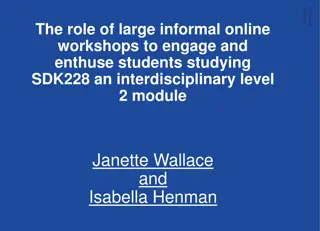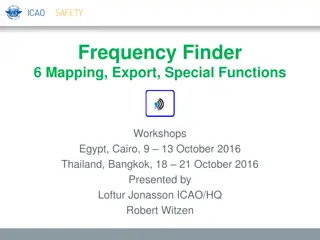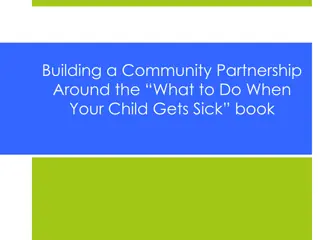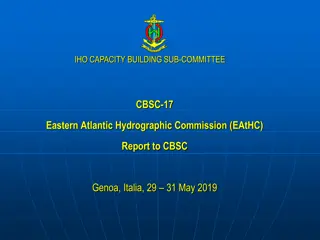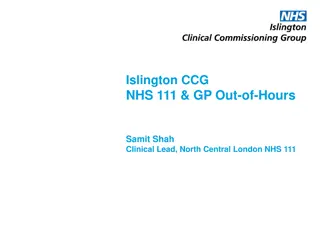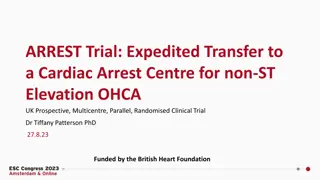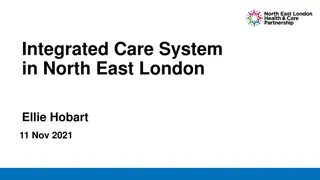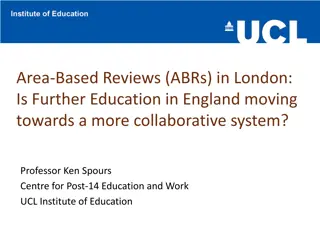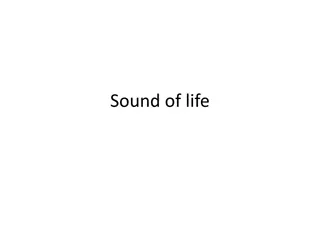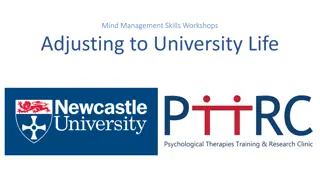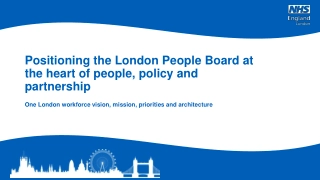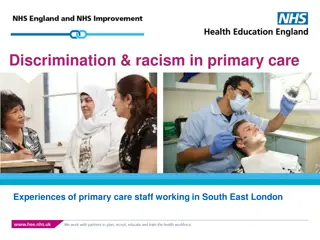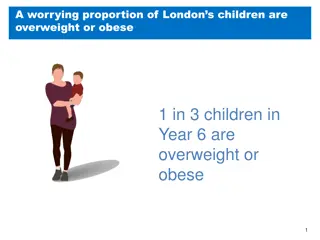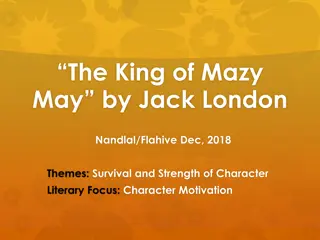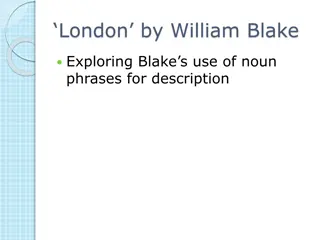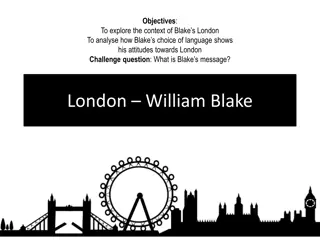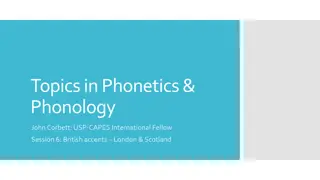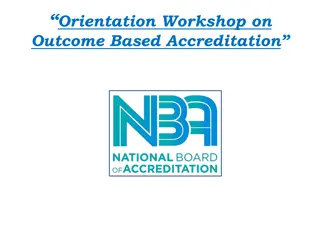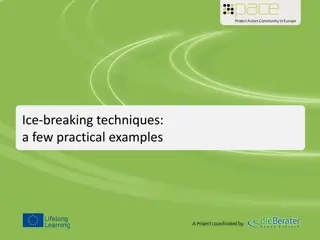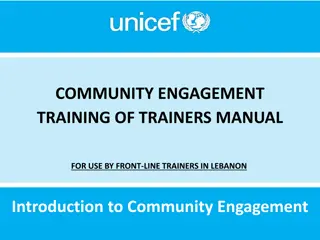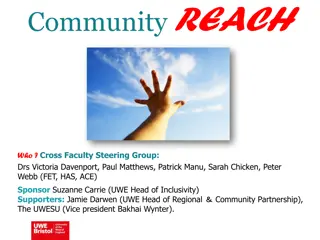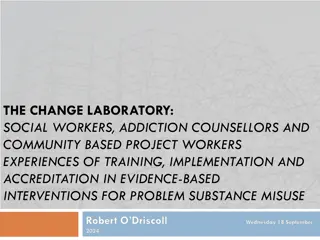Magic-Based Community Building Workshops Study at Goldsmiths, University of London
A research project conducted by S. Bagienski and G. Kuhn at Goldsmiths, University of London, explores the impact of magic-based community building workshops on college students' self-esteem, creativity, social acceptance, and overall well-being. The study integrates magic, mindfulness, and learning design in a series of sessions aimed at fostering a sense of belonging and enhancing positive outcomes.
Download Presentation

Please find below an Image/Link to download the presentation.
The content on the website is provided AS IS for your information and personal use only. It may not be sold, licensed, or shared on other websites without obtaining consent from the author. Download presentation by click this link. If you encounter any issues during the download, it is possible that the publisher has removed the file from their server.
E N D
Presentation Transcript
Magic-Based, Community Building Workshops S. Bagienski & G. Kuhn Goldsmiths, University of London Page 1
Rationales & Background Review of magic & wellbeing (Bagienski & Kuhn, 2019) Social skills? Social cues as misdirection Reactions = ACRs? Deeper appreciation/meaning Teaching with magic Motor + Social Skills Performing Magic Happiness (pride, tension-release) Discovering Magic Secrets Witnessing Magic Curiosity (e.g. Distraction therapy ) College transition = New Challenges Causes of self-esteem? Perceived Success in important domains (James, 1892) Looking glass self - opinions of significant others as a social mirror (Cooley, 1902)
Methodology Measures (Before & After ) 1) Self-Esteem: SPPC college students (Neeman & Harter, 1986) Creativity (SE_Cr) Intellectual ability (SE_I) Scholastic competence (SE_Sc) Social acceptance (SE_So) Close friendships (SE_Clo) Finding humor in one s life (SE_H) Global self-worth (SE_G) 2) Closeness = IOS scale (Aron et al., 1992) 3) Community Belonging = PCI (Bollen & Hoyle, 1990) 4) General Wellbeing = DASS21 (Lovibond S., & Lovibond P., 1995) Perceived Effects
Methodology Abracademy s Inner Belief magic workshops Blend of magic, facilitation, learning design Learned magic: Secrets, improv, storytelling, emotions, body language, strengths, audience tips Magical theme of Belief in Magic, Self, Others Fortnightly sessions, 3 in total Control = Mindfulness Awareness, presence, no judgement Bodily sensations & emotions Equanimity No metta
Results Attendance: 240 Undergrads enrolled 136 attended first session Week 1 Week 2 Week 3 Magic 71 (30%) 56 (23%) 53 (22%) Mindfulness 65 (27%) 53 (22%) 51 (21%)
Results (Self-esteem) SE_Cr SE_I SE_Sc Magic Mindfulness Magic Mindfulness Magic Mindfulness 2.5 2.6 2.6 2.5 2.4 2.5 2.4 2.3 2.4 2.3 2.2 2.2 2.3 2.1 2.1 2.2 2 Before After 1 month follow up Before After 1 month follow up Before After 1 month follow up SE_So SE_Clo SE_H Magic Mindfulness Magic Mindfulness Magic Mindfulness 2.8 3 3.4 3.3 2.7 2.8 3.2 2.6 2.6 3.1 2.5 2.4 3 2.4 2.2 2.9 Before After 1 month follow up Before After 1 month follow up Before After 1 month follow up
Results (Self-esteem) SE_G Magic Mindfulness 2.85 2.8 2.75 2.7 2.65 2.6 2.55 Before After 1 month follow up
Results (Closenes, Belonging, Wellbeing) Closeness Belonging Magic Mindfulness Magic Mindfulness 4 7.5 3.5 6.5 3 5.5 2.5 4.5 2 3.5 Before After 1 month follow up Before After 1 month follow up D A S Magic Mindfulness Magic Mindfulness Magic Mindfulness 27 29 34 26 28 32 25 27 30 24 26 28 23 25 26 22 24 21 23 24 Before After 1 month follow up Before After 1 month follow up Before After 1 month follow up
Results (Perceived Effects) To what extent do you feel the workshops have affected how close you feel to other Goldsmiths Psychology students? Much closer 7 Magic Mindfulness 6 5 About the same 4 3 2 Much less close 1 Closeness Belonging Self -Esteem Wellbeing
Results (Perceived Effects) How do you feel the workshops affected your sense of belonging in Goldsmith Psychology? Belong much more 7 Magic Mindfulness 6 5 About the same 4 3 2 Belong much less 1 Closeness Belonging Self -Esteem Wellbeing
Results (Perceived Effects) How do you think the workshops affected the way you feel about yourself (i.e. self-esteem)? Much better about myself 7 Magic Mindfulness 6 5 About the same 4 3 2 Much worse about myself 1 Closeness Belonging Self -Esteem Wellbeing
Results (Perceived Effects) How do you feel the workshops affected your general sense of wellbeing at Goldsmiths? Much higher 7 Magic Mindfulness 6 5 About the same 4 3 2 Much lower 1 Closeness Belonging Self -Esteem Wellbeing
Results (Perceived Effects) Summary of effect sizes: Measure Self esteem Closeness Belonging General Wellbeing t(98) 3.9 2.7 3.9 2.9 p < .001 < .01 < .001 < .005 d .78 1.03 .78 .58 1 month follow up: Measure Self esteem Closeness Belonging General Wellbeing t(98) 2.4 2.4 2.4 2.1 p < .05 < .01 < .05 < .05 d .51 .59 .54 .46
Conclusions Both workshops had a positive effect on students No significant between-group effects for before/after measures Perceived effects stronger for magic group, especially for closeness Page 14
ThankYou Contact: Steve Bagienski, Gustav Kuhn Goldsmiths, University of London steveBagienski@gmail.com Bonny Oliver Edwin Burns Page 15 Abracademy Gustav Kuhn
Results (Before & After) 2x3 ANOVAs (ITT analysis) Significant increases for SPPC (main effect of time): Subscale Creativity Intellectual Ability Scholastic Competence Social Acceptance Close friendships Finding Humour in life Global Self-esteem F(1, 131) 10.4 15.8 13.3 8.0 11.9 4.0 5.8 p < .001 < .001 < .001 < .005 < .001 < .05 < .01 2 .07 .11 .09 .06 .08 .03 .04 No significant interaction between group effects
Results (Before & After) Closeness, sense of belonging and general wellbeing: Measure Closeness (IOS) Belonging (PCI) Depression* Anxiety* Stress* F(1, 131) 15.5 19.3 5.7 11.6 7.7 p < .001 < .001 < .005 < .001 < .001 2 .11 .13 .04 .08 .06 *decrease for DASS21 subscale No significant interaction or between group effects
Conclusions Page 18
